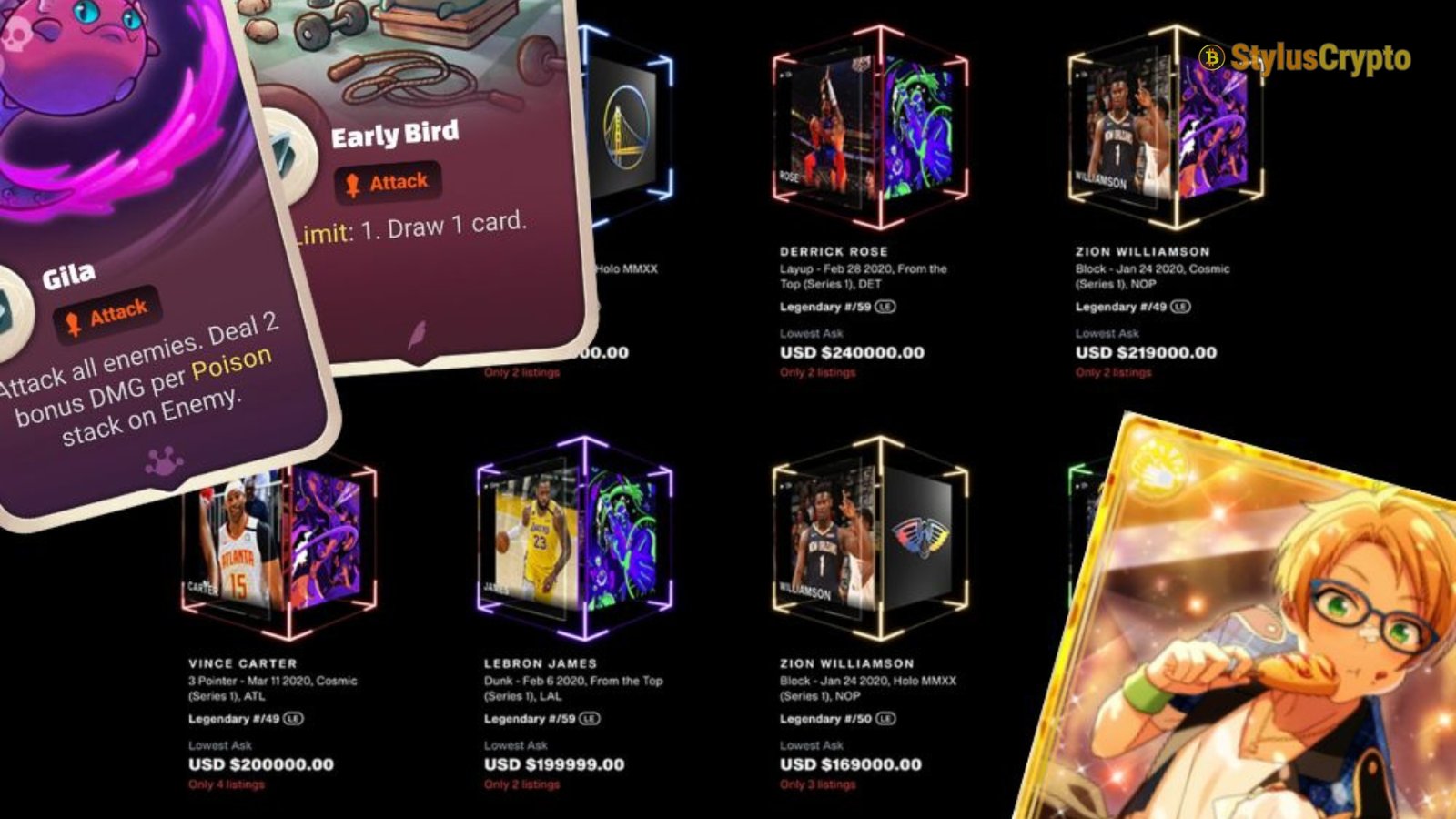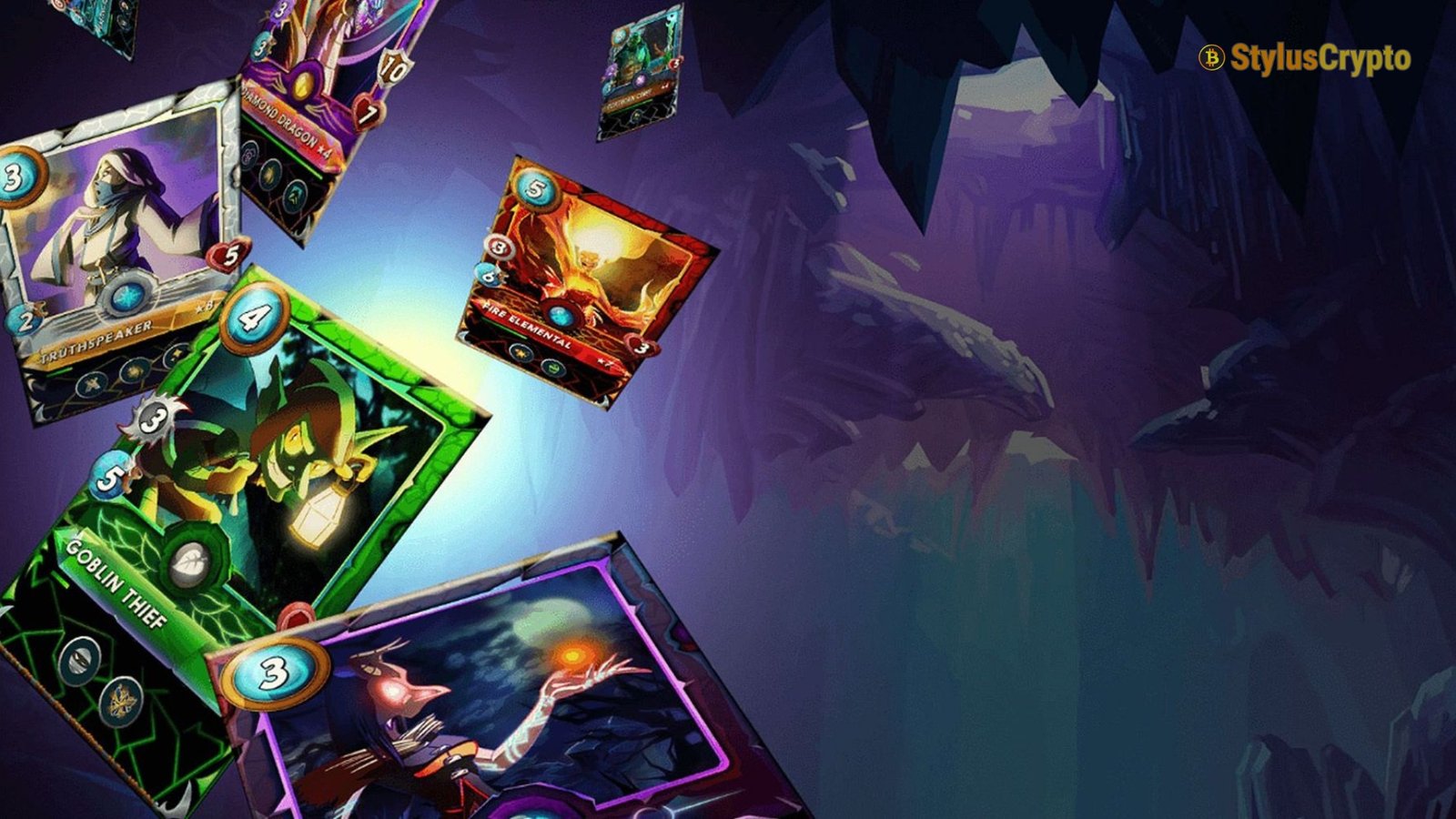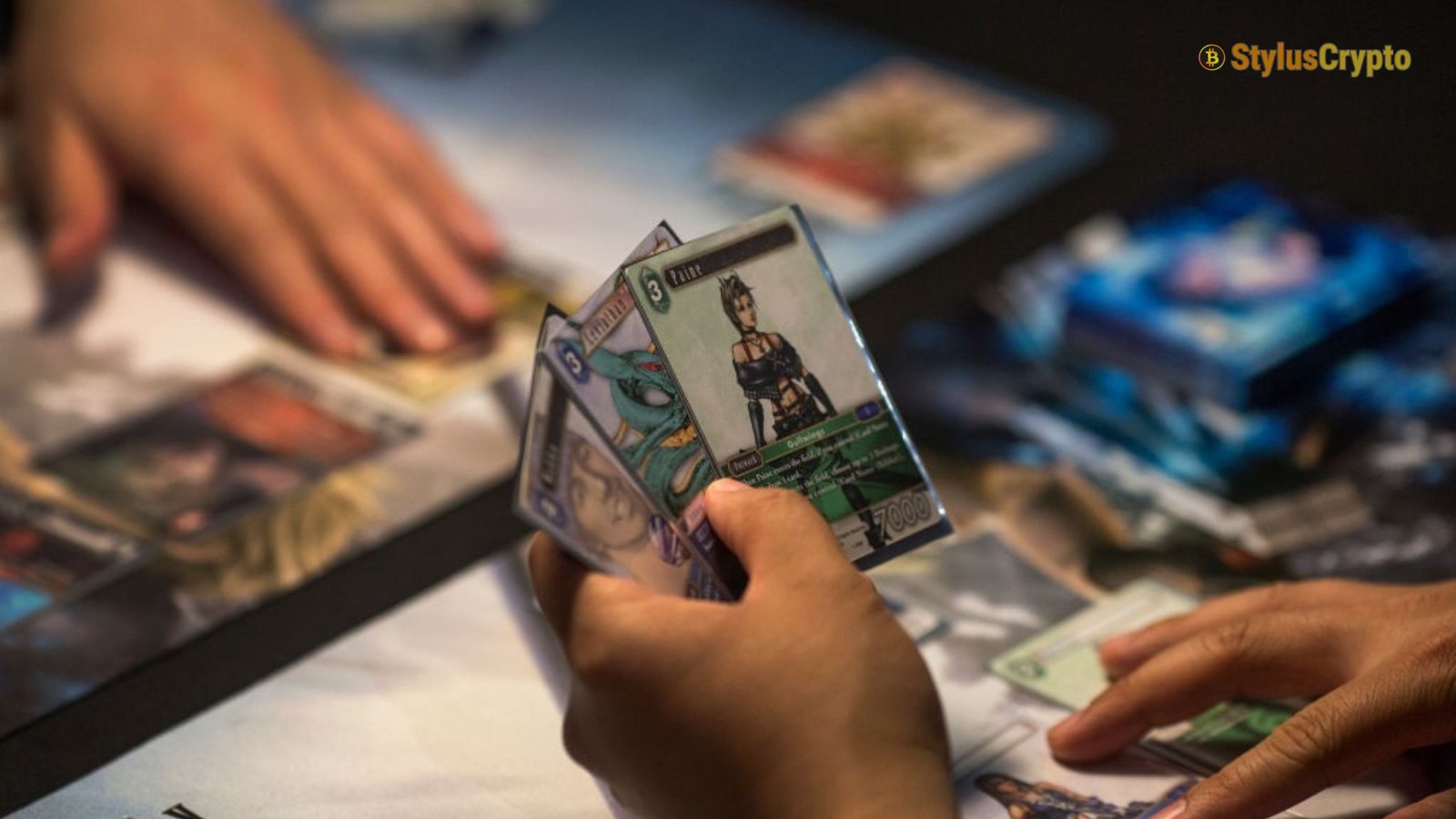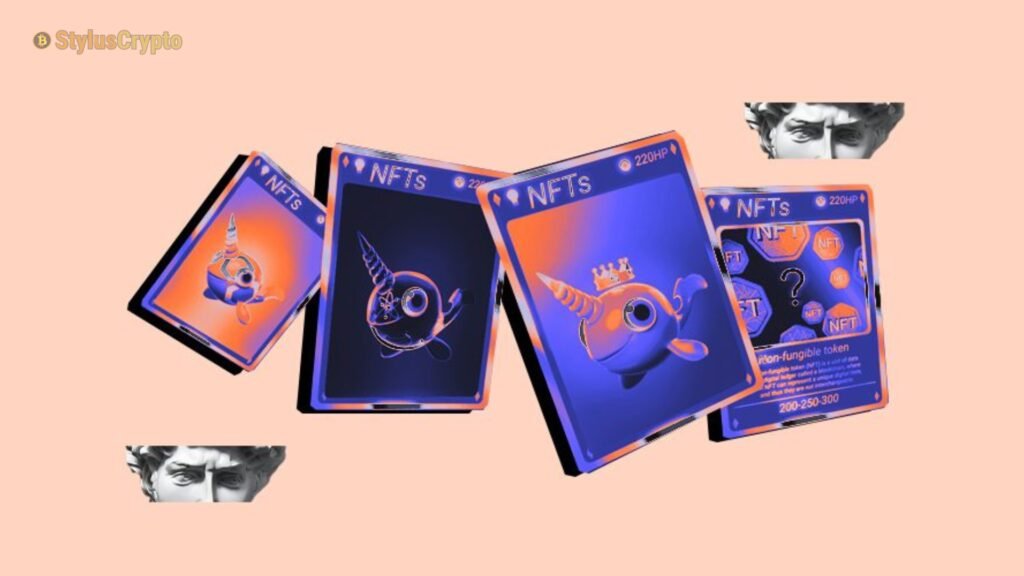NFT Trading Card Games: In the last few years, Non-Fungible Tokens (NFTs) have become a revolutionary force in the digital world, transforming how we perceive ownership and value of digital assets. Among the most innovative applications of NFTs is in the realm of trading card games (TCGs). NFT trading card games merge the excitement of collectible card games with the unique, blockchain-based ownership that NFTs provide. This article delves into the current state of NFT trading card games, exploring their rise, the technology behind them, the most popular games, and the potential future of this burgeoning industry.
The Concept of NFT Trading Card Games
Trading card games have been a popular form of entertainment for decades, with games like Magic: The Gathering and Pokémon setting the stage. Players collect cards, each with its unique attributes, and use them to compete against others. The appeal of these games lies not just in gameplay but in the rarity and collectibility of certain cards, which can sometimes become highly valuable.
NFTs have digitized this concept, making each card a unique, verifiable asset on the blockchain. Unlike traditional digital cards, which can be copied and shared infinitely, NFTs ensure that each card is one-of-a-kind, with its ownership and provenance securely recorded on the blockchain. This creates a new layer of value and ownership, where digital cards can be traded, sold, or collected like physical cards, but with the added benefits of security, transparency, and global accessibility.
How NFT Trading Card Games Work
NFT trading card games operate on blockchain technology, typically using platforms like Ethereum, Binance Smart Chain, or Polygon. Each card in these games is an NFT, meaning it is unique and cannot be replicated. Players acquire cards by purchasing packs, earning them through gameplay, or trading with other players.
The blockchain ensures that each card’s ownership is transparent and secure. This means that when you own an NFT card, it is truly yours, and you can sell, trade, or even loan it out as you see fit. Smart contracts, a key feature of blockchain technology, automate the trading process, ensuring that transactions are carried out seamlessly and without the need for intermediaries.
Moreover, the rarity of certain cards is encoded into the blockchain, making it impossible to create duplicates or counterfeit cards. This scarcity drives value like traditional TCGs, where rare cards can be worth significant money.
Popular NFT Trading Card Games
Several NFT trading card games have emerged as leaders in the space, each offering a unique take on the genre. Here are some of the most popular ones:
Gods Unchained
One of the earliest and most successful NFT trading card games, Gods Unchained is a fantasy-themed game that combines traditional card games’ strategic depth with blockchain technology’s benefits. Players collect and trade cards, each represented as an NFT, and use them to battle against others. The game has attracted a large following due to its engaging gameplay and the potential for players to earn money by trading rare cards.
Splinterlands
Splinterlands is another popular NFT trading card game, known for its fast-paced gameplay and extensive card collection. The game features a wide variety of cards, each with its own strengths and weaknesses, and players must carefully strategize to build the best deck. Splinterlands operates on the Hive blockchain, which allows for quick and cheap transactions, making it accessible to a broad audience.
Sorare
While not a traditional fantasy card game, Sorare is a football (soccer) trading card game that has gained immense popularity. Players collect NFT cards of real-life football players, which they can then use to create fantasy teams. The performance of these teams is based on the real-world performance of the players, adding an extra layer of excitement to the game. Sorare has partnered with numerous football leagues and clubs, making it a significant player in the NFT space.
SkyWeaver
SkyWeaver is a relatively new entry in the NFT trading card game market, but it has quickly gained attention for its unique gameplay mechanics and visually stunning card designs. The game allows players to collect, trade, and battle with NFT cards, each offering different abilities and strategies. SkyWeaver’s open economy and player-friendly approach have made it a hit among both casual and competitive players.
The Economic Impact of NFT Trading Card Games
The economic implications of NFT trading card games are significant. These games have created new markets where players can buy, sell, and trade digital assets for real money. This has led to the rise of “play-to-earn” models, where players can earn income by playing games and selling rare cards or other in-game assets.
This shift has democratized the gaming industry, allowing players worldwide to participate in the economy of these games. For example, in countries with lower average incomes, NFT games have provided a new source of income, with some players making a living from trading and selling NFTs.
Moreover, integrating decentralized finance (DeFi) elements into NFT games has expanded their economic impact. Some games allow players to stake their NFTs to earn passive income or participate in liquidity pools, adding another layer of financial engagement.
Challenges and Future Prospects
Despite their success, NFT trading card games face several challenges. The environmental impact of blockchain technology, particularly proof-of-work blockchains like Ethereum, has raised concerns. However, the transition to more energy-efficient proof-of-stake systems and the rise of eco-friendly blockchains like Polygon are addressing these issues.
Another challenge is the volatility of the NFT market. While some players have made significant profits, others have lost money due to the unpredictable nature of the market. As the industry matures, we may see more stability, but NFT trading card games remain a high-risk, high-reward endeavor for now.
Looking ahead, the future of NFT trading card games is promising. As blockchain technology evolves, we can expect more innovative and immersive experiences. Integrating virtual reality (VR) and augmented reality (AR) could create new ways to experience these games, making them even more engaging and interactive.
Furthermore, as mainstream adoption of NFTs grows, we may see traditional gaming companies entering the space, bringing larger audiences and more resources. This could create even more sophisticated and polished NFT trading card games, further solidifying their place in the gaming industry.
Conclusion
NFT trading card games have opened up a new frontier in the gaming and digital collectibles world. By combining the strategic depth and collectibility of traditional trading card games with the unique benefits of blockchain technology, they have created a new form of entertainment that is both engaging and potentially lucrative. As the industry continues to grow and evolve, NFT trading card games are poised to become a significant force in the gaming world, offering players new ways to play, collect, and earn in the digital age.

